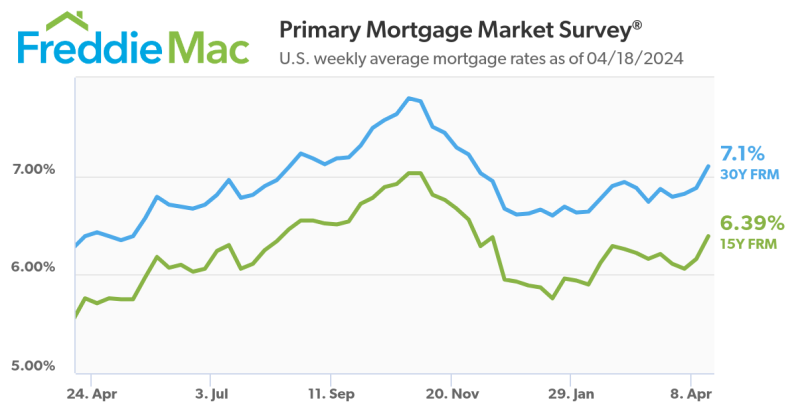Advertisement
Commercial mortgage deals made simple
Getting the most out of your LOSChris Nelsonloan origination system, internal assessment, selection, cost, maximizing
Efficiency, profitability and sustainability -- these terms are
the cornerstone of any business model, but they especially hold
true for mortgage lenders seeking systems to help originate loans
quickly, cost effectively and with consistent volume. For a
financial institution to be successful in the mortgage sector, it
needs to select a loan origination system (LOS) that aligns with
its organizational goals. The following are some best practices on
how to be sure your new LOS will meet your needs.
Internal assessment
Before shopping around for the best LOS, it is important for a
financial institution to take a look inside its own organization.
Based on your business model, which aspects of an LOS are most
relevant to your institution? For larger institutions, scalability,
automation, flexibility, customization and efficiency may be top
priorities, while smaller institutions may place greater emphasis
on access to multiple lenders and the ability to design loan
packages tailored to individual consumers. Reliability, security
and compliance are valued by all sizes of institutions, but their
definitions of these capabilities may be different. For example, a
smaller institution may not be concerned if their system is down
for a 24-hour period, but for larger institutions, a few minutes of
downtime is unacceptable.
An organization must also examine and understand its market, its
customers' needs and the market growth potential. The goal is to
balance your business model with the cost of an effective solution.
The rewards will be the ability to originate the most quality loans
using the least amount of internal resources and an increased
bottom line.
Selecting the right LOS
There are plenty of choices in the LOS market, whether they are
broker-based solutions or more advanced solutions for large
institutions. Additionally, there are a number of packages used in
the international space with greater flexibility, but they have not
gained much traction in the United States. It is important to
recognize the right amount of functionality, customization and
automation required to support your business model.
Smaller mortgage companies rely on customer relationships and
marketing far more than automation and efficiency, so investing in
a new LOS may not be necessary. A tailored solution with extensive
flexibility is seldom appropriate under these circumstances. On the
other hand, most large financial institutions are using much older
systems, often with numerous modifications, built around systems
that are no longer supported and require extensive maintenance. The
ability to adapt quickly or make significant changes to these
systems is almost nonexistent. While some of these systems are
capable of keeping up with the basic needs of loan origination
today, many are missing key components. This leads to a patchwork
of solutions built atop one another -- often becoming an Internet
technology (IT) support nightmare -- as generations of programmers
developed the platform. While the cost of IT maintenance on a
current LOS may seem inordinate at times, the effort to replace the
entire infrastructure is an enormous undertaking that most
institutions are struggling to justify.
Understanding cost
It is also important to assess the total cost of ownership that
reflects not only the cost of purchase, but all future aspects of
use and maintenance for the LOS being considered. This can include
the costs of training support personnel and the users of the
system, costs associated with failure or outage (planned or
otherwise), diminished performance incidents, development expenses
and much more.
Another factor to consider is the cost to replace a system that
doesn't meet your business needs. I am aware of a financial
institution that signed on with an LOS vendor for a free system.
After six months and hundreds of thousands of dollars invested, the
system was not performing as expected. The bank had to purchase a
new solution with only three months left before the holiday rush.
Even though the new system's upfront costs were slightly higher
than free, over the long term, the bank experienced tremendous
savings and profitability. With the new system, it was able to
double its application volume without additional staff.
The market is continuously changing, and so the needs of
mortgage originators are constantly evolving. Originators need to
be able to address fundamental conceptual changes to the way the
market is behaving and apply such changes to their loan products.
The issue then becomes how to invest in an LOS solution that is
simple, easy to use and adaptable to company changes and shifts in
the mortgage industry without programming changes. Is it possible
to have the best of both worlds?
The best of both worlds
As far as processing loan data, many companies continue to use
systems in which many steps are still handled manually. It is not
that technology does not exist to make more of the system
automated; rather, many mortgage companies cannot seem to justify
the costs of complete automation. Straight-through (or fully
automated) processing systems address this need, but create a new
problem when manual reviews are required by law or business
policy.
Newer LOS platforms that allow applications to move seamlessly
between automated and manual workflow solve both of these problems.
The system will notify you when manual intervention is necessary
and return the application to the automated workflow once the
manual process is complete. This greater flexibility can lead to
better quality assurances and increased efficiency, as well as more
control over the originator's work process. Oftentimes, when
systems only allow for limited flexibility, terms or conditions
need to be manually added later. This can mean time and money
wasted.
Maximizing your current LOS
Replacement of an entire LOS may be too big or risky for many
institutions. There are solutions available on the market today
that can be integrated with existing systems to provide many of the
benefits of replacement with a lower risk and cost. The modular
design allows components to be replaced without removing the entire
system. This is accomplished by weaving solutions together through
an automated workflow. As a result current operations are
maintained and enhanced. The benefits of a modular approach include
the ability to adapt to market changes in real time, a user
friendly design that allows changes to be made without programmers
and a focus on business needs rather than technology.
A challenge we have seen and addressed in the industry is the
need for originators to have direct control over the newly enhanced
LOS and the ability to implement changes in real time. Using an LOS
with such enhanced components greatly decreases risk exposure,
especially when the components are seamlessly integrated from end
to end in a cohesive automated process. The ability to link to a
wide variety of data sources helps contribute to as automated of a
process as possible and allows the LOS user to process all
information more efficiently, smoothly and securely.
Conclusion
A well designed LOS has proven to be a worthwhile investment and a
powerful tool for increasing productivity, providing better
customer service and allowing for greater flexibility -- all while
driving overall consumer revenue.
Chris Nelson is CEO of Zoot
Enterprises. He may be reached at (406) 586-5050 or e-mail [email protected].
About the author





